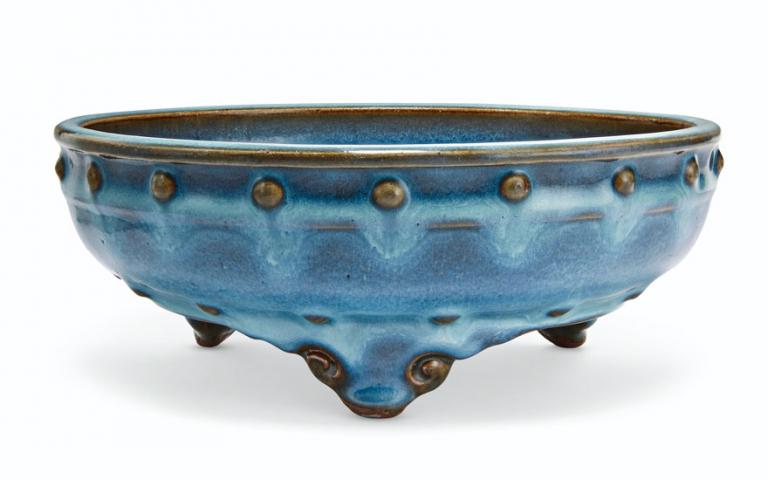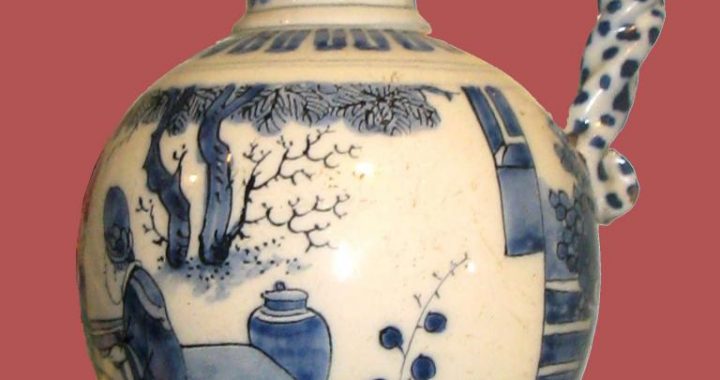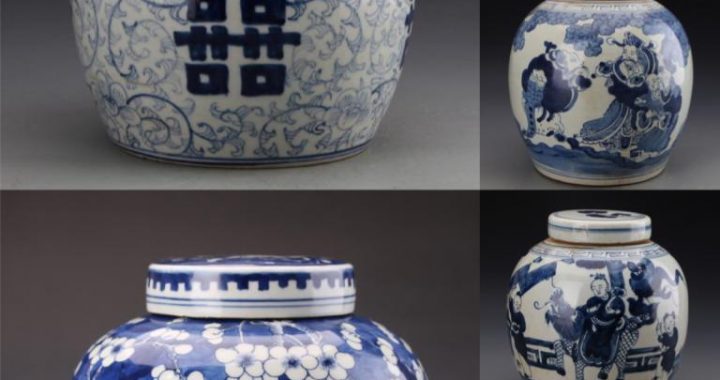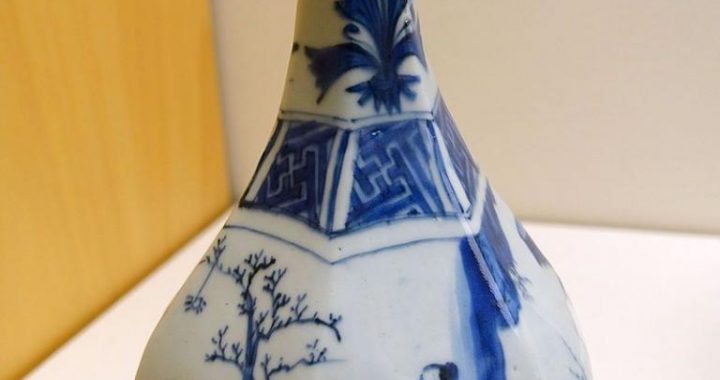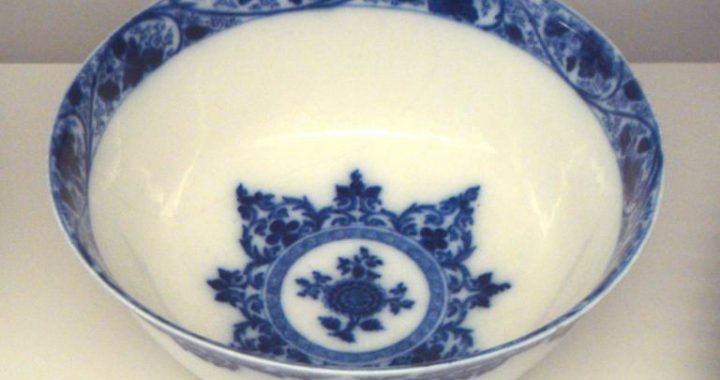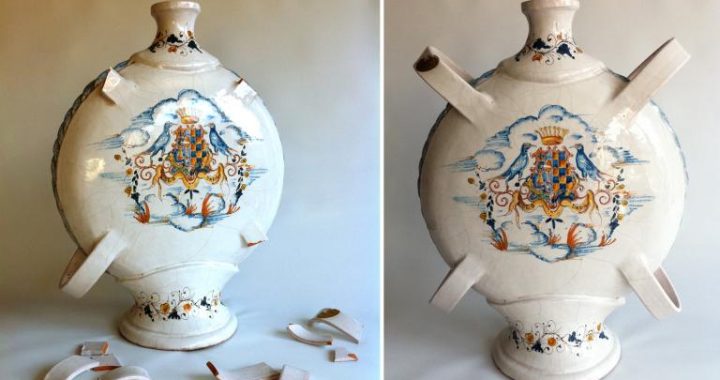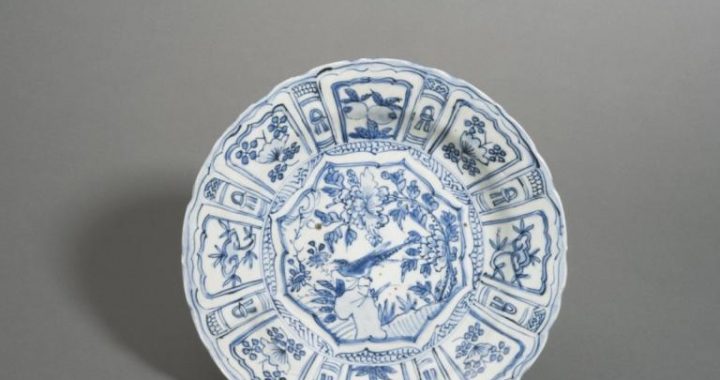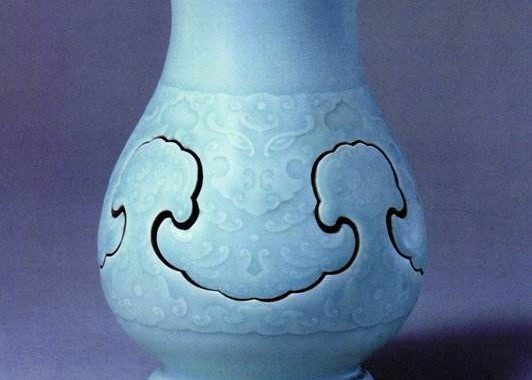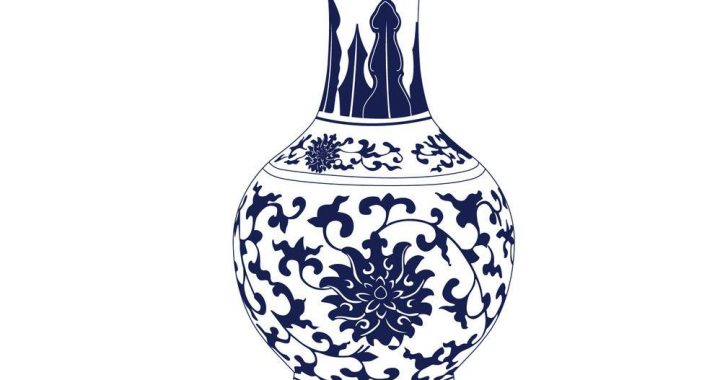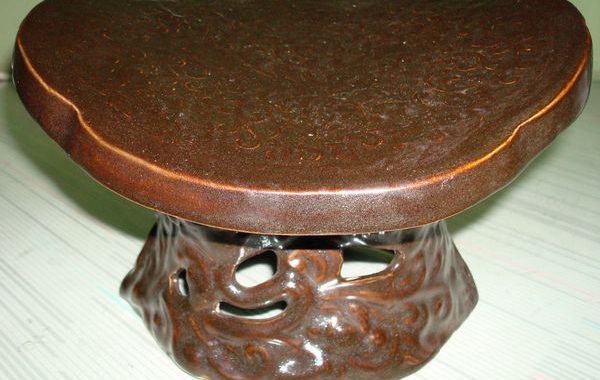Varied Types of Cobalt Glass in Yuan Dynasty
2 min readThe origin of Sumali blue, as its exotic name suggests, was from outside of China. Some experts believe it was named after a Persian who discovered this kind of cobalt glaze, while others suggest it could be the transliteration of “smalt”, which means cyan, indicating the colour of the glaze. Putting aside the disputes on its name, it is after all a cobaltic mineral in terms of composition. It was brought into the Yuan empire alongside the frequent cultural exchanges between Yuan and other countries.
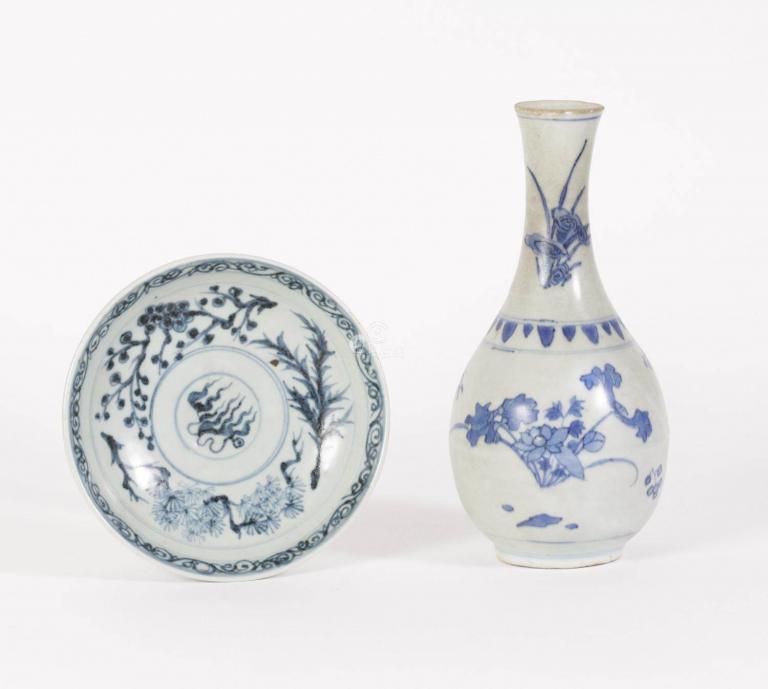
Due to the ferreous and manganic elements contained in Sumali blue, and the higher composition of iron than manganese, it produces glorious and lustrous glaze on blue-and-white wares. It was used mainly in the late Yuandynasty and the Ming dynasty, and took a dominant role in the firing of official blue-and-white wares during the Mingera. Due to different firing methods and techniques applied, Sumali blue presented different tones of blue on blue-and-white wares in different periods, some vibrant and distinct, others dimmer and dispersed. Nonetheless, through such difference, we can still distinguish that they applied the same pigment. Concurrent with the constantimportation of Sumali to China was the exportation of blue-and-white wares to many other countries, where this unrestrained and highly decorative porcelain type enjoyed great popularity. It became a best seller and surpassed allother wares on markets of central and western Asia, as well as in Europe. Today, precious and exquisite blue-and-white wares of Yuan dynasty are collected by many museums abroad.
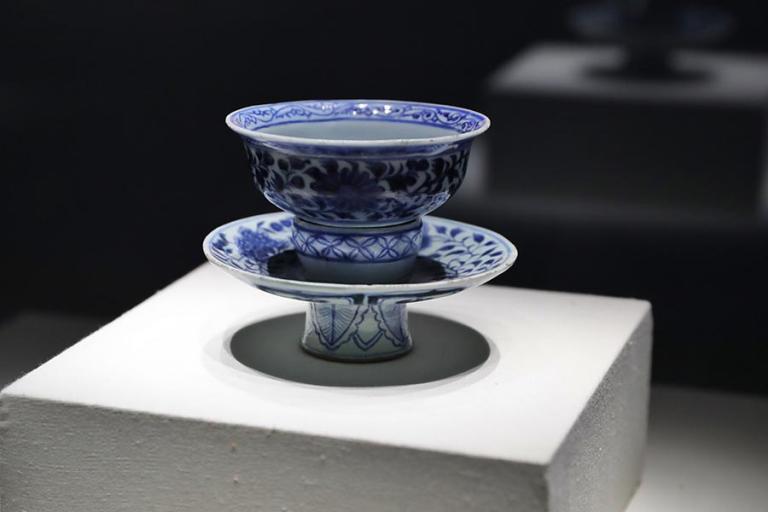
Besides the imported Sumali glaze, China also produced several types of domestic glaze for blue-and-white wares decoration, such as the ultramarine glaze and pingdeng blue glaze, which appear lighter blue.
The most famous Chinese glaze is the Mohammedan blue produced in today’s Xinjiang area. As it contains higher proportion of manganese than Sumali, the blue it produces is integrally tinged with purple, different than that produced by Sumali.
